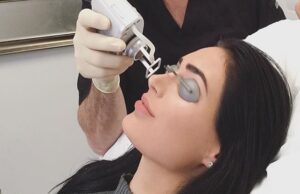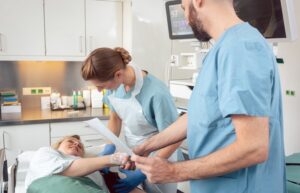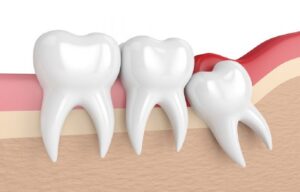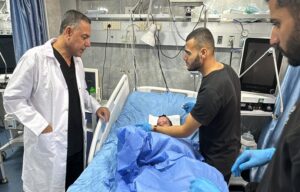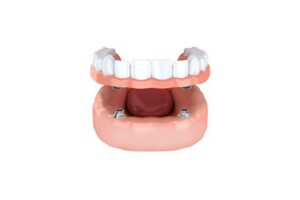Can Cloning Help Save Lives?
3 min read
Cloning is a scientific process that can produce genetically identical copies of cells, tissues and even entire organisms. The most famous clone is Dolly the sheep, but researchers have created many other creatures as well.
In addition to creating clones for reproductive purposes, scientists also use cloning to create embryonic stem cells that can be used to replace injured or diseased tissues and organs in the body. This is called therapeutic cloning.
1. Cancer Treatment
In cloning, the genetic material of one cell is copied into a new one. This can be done with a variety of organisms, including bacteria, yeast and viruses.
The exact gene sequence of the original organism is copied into the cloned DNA, which will then be able to reproduce itself in a laboratory environment. This process is called molecular cloning and is used for many different biological experiments and practical applications.
Therapeutic cloning is another way that researchers are trying to cure disease. This is a type of cloning known as somatic cell nuclear transfer (SCNT).
In SCNT, an egg cell is emptied of its nucleus and then replaced with the genetic material from a somatic cell – such as a skin cell – that already contains two complete sets of chromosomes. Once a blastocyst is formed, stem cells can be derived that have been genetically matched to the donor, making them suitable for transplantation into a patient.
2. Organ Donation
Donating organs is a life-saving act that can give someone with cancer a second chance at living. More than 113,000 men, women and children are waiting for an organ transplant at any given time in the United States.
The donation process is governed by a national computer system and strict standards to match donations with recipients. The decision about who gets a donor’s organs is made by medical professionals based on blood and tissue typing, organ size, medical urgency, waiting time and geographic location.
A deceased organ donor may provide up to eight organs that can save a life or help many patients. The donor’s organs can include a kidney, liver, heart, lungs or pancreas.
Despite efforts to educate people about the donation process, misconceptions and inaccuracies continue to exist. Learn about the facts behind organ donation to see if it is something that fits with your values. Talk to your family and spiritual advisor about your wishes.
3. Preventing Genetic Disease
Using genetic information to prevent disease has been considered a crucial public health goal for a while now. As the government’s recent green paper states, “the potential benefits of this approach include reducing the burden of disease, enabling research and enhancing population-wide efforts.”
Cloning is one way that researchers can achieve this goal, by creating genetically identical copies of a biological material, such as genes or cells. The resulting clone is similar to a normal, healthy version of the original material.
In the case of animals, cloning has been used to bred livestock for increased milk production, or to create gene mutations that could help scientists understand diseases. It’s also been used to resurrect dead pets and to save endangered species from extinction.
Although cloning can be beneficial for many people and their pets, it is not always safe to use. For example, clones can have problems with premature aging or birth size, and they may be more likely to have health issues than conventionally bred animals.
4. Endangered Species
In a world with fewer and fewer wild animals, conservation is a vital effort. Preserving endangered species helps preserve ecosystems, prevent diseases, and improve the quality of life for all creatures.
Some researchers believe that cloning can help save endangered species by reintroducing them to new environments. This can be an excellent solution to the problem of habitat loss, which is one of the biggest drivers of extinction.
However, many scientists feel that cloning endangered or extinct animals is not the best way to save them. For one, it’s not always easy to clone healthy animals. Often, cloned embryos develop abnormalities or don’t survive long enough to reproduce.

